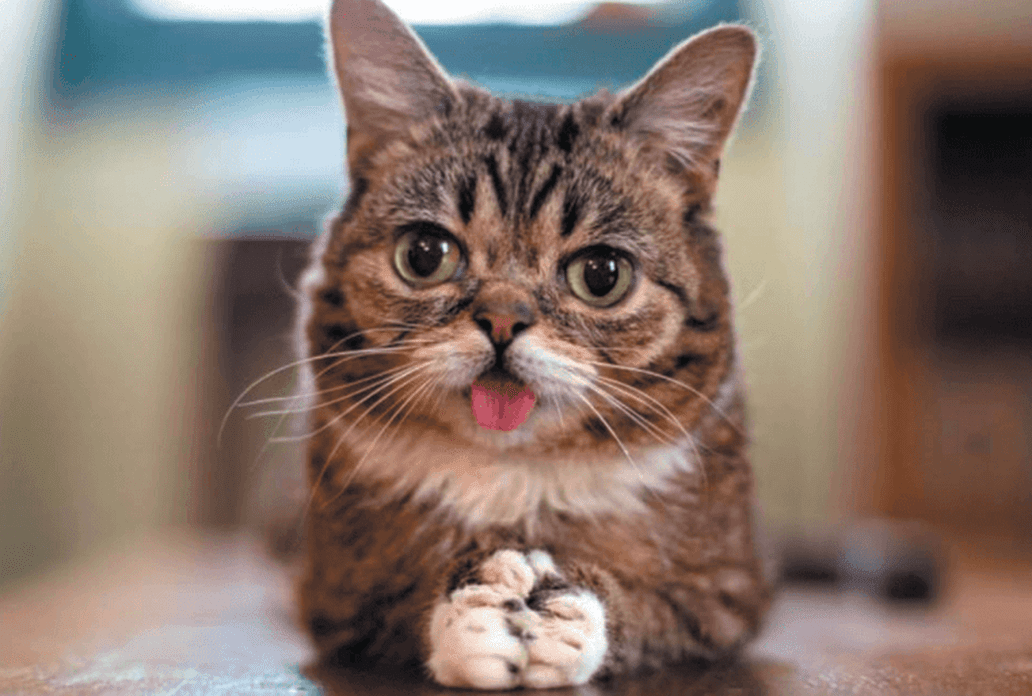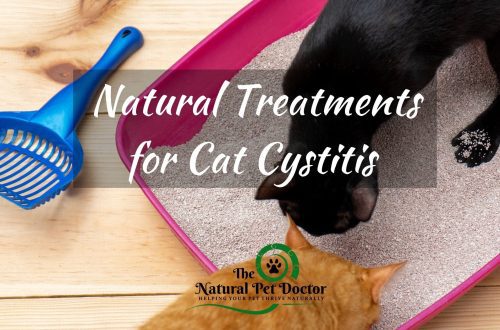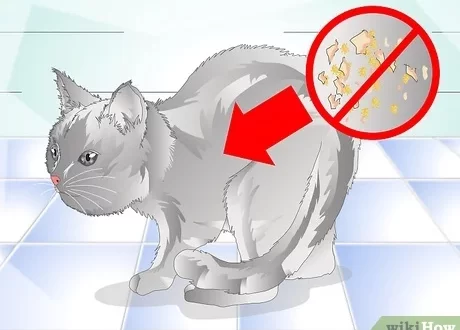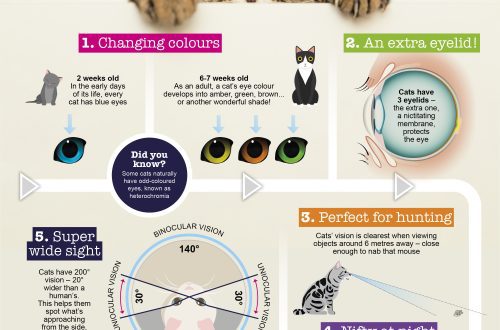
Да ли мачке добијају Даунов синдром?
Can cats have Down syndrome? Veterinarians hear this question quite often. Usually people ask this when they think that their cat looks and behaves in an unusual way, which resembles Down’s syndrome.
Cats with unusual traits and certain deviations in behavior become Internet stars. Some owners who claim that cats have Down syndrome create separate social media accounts for them, thereby convincing others that they are right.
Садржај
Can cats have Down syndrome?
Despite all the hype on the Internet, cats do not have such a pathology. In reality, it is simply physically impossible.
Down syndrome is a disease that affects one in 700 children born in the United States. It occurs when the genetic material of a developing fetus is not copied correctly. This results in an extra 21st chromosome or a partial 21st chromosome. It is also called trisomy on the 21st chromosome.
Essentially, chromosomes organize the DNA in each cell into bundles, helping cells to pass on genetic material when they divide. An extra 21st chromosome or a partial 21st chromosome causes many birth defects that give people with Down syndrome common physiological traits.
According to the National Down Syndrome Society, people with Down Syndrome tend to have some or all of the following traits:
- low muscle tone;
- small stature;
- oblique cut of the eyes;
- transverse palmar fold.
But not all people with Down syndrome look the same.
Why there are no cats with Down syndrome
Humans have 23 pairs of chromosomes. Cats have 19 of them. Thus, a cat simply cannot physically have an extra 21st pair of chromosomes. However, this does not mean that cats, in principle, cannot have extra chromosomes.
For example, an article published in the American Journal of Veterinary Research in 1975 described a rare chromosomal abnormality in cats that allows for one extra chromosome. This results in a condition similar to Klinefelter’s syndrome in humans. These cats are especially remarkable because the extra chromosome contains the genetic material that affects their color. As a result, these pets have a tricolor color, which is also called tortoiseshell, found only in females.
Disorders that may resemble Down syndrome
Instagram posted photos of several particularly notable cats that became an internet sensation after their owners claimed the cats owed their unusual appearance to extra chromosomes. It is not clear whether these claims of chromosomal diseases were ever supported by the results of genetic testing.
Despite questionable claims and biological realities, the term “Feline Down Syndrome” has become popular. However, it is important to note that the veterinary community does not recognize Down syndrome in cats as a veterinary condition. It also does not support the transfer of human conditions to animals based on appearance or behavior. This can be interpreted as disrespect for people living with such pathologies.
Nevertheless, there are some physiological and behavioral traits that people who do not mean anything wrong, mistakenly attribute human diseases to cats. So-called “Down syndrome cats” usually have some distinguishing features, including:
- wide nose;
- oblique cut of the eyes, which can be widely spaced;
- small or oddly shaped ears;
- low muscle tone;
- тешкоће у ходању;
- problems with urination or bowel movements;
- lack of hearing or vision;
- проблеми са срцем.
Cats with physical and behavioral disabilities
The physical features and behavioral abnormalities of cats with so-called “Down’s Syndrome” usually point to another condition that may not even have a genetic origin.
The appearance and behavior of these cats can be associated with a variety of problems – infections, neurological diseases, congenital anomalies, and even injuries. Some of the associated physical and behavioral abnormalities may develop in cats infected in utero with panleukopenia virus. Some pets have cerebellar hypoplasia, a condition that can lead to the physical and behavioral traits of “down syndrome cats.”
Cats whose mothers were exposed to certain toxins sometimes suffer from various birth defects. They can affect facial features and the neurological system. Moreover, trauma to the head and face, especially at a very young age, often causes irreversible neurological and bone damage that may appear to be congenital.
How to live with cats with special needs
If a cat exhibits some behavioral and physical abnormalities, it may become a cat with special needs. Such pets often display many traits that, to the casual observer, may resemble Down’s Syndrome, although the condition cannot actually develop in cats.
Cats with special needs require special care. Their owners must take extra care to protect them from the dangers of swimming pools and stairs, predators and other risks to which they are vulnerable. They may need help with basic functions such as washing, eating and drinking, etc., or orienting themselves if they have visual or hearing impairments.
Any person who has a cat with special needs should learn about all the possible options for caring for her health. Therefore, it is important to enlist the support and assistance of a competent veterinarian.
Погледајте такође:
10 sterilization myths
Can you let a cat into your bed?
У вашој кући се појавило маче





